What are some places to visit in Lahore and Why??
Lahore, the cultural heart of Pakistan, is a city rich in history, architecture, and vibrant traditions. Here are some notable places to visit in Lahore along with theoretical perspectives explaining their significance:
- Lahore Fort (Shahi Qila):
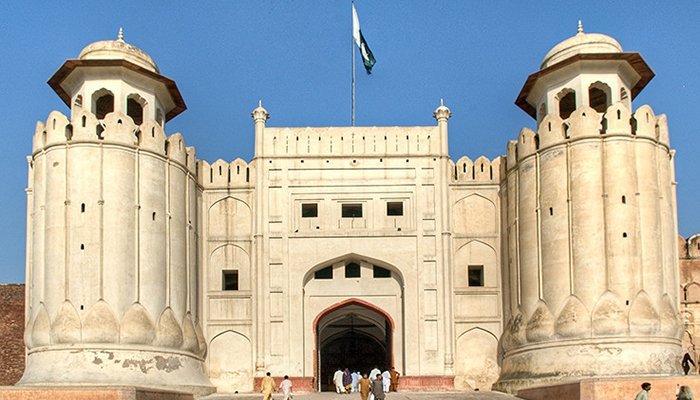
- Historical Significance: The Lahore Fort, a UNESCO World Heritage site, is a symbol of the Mughal Empire’s grandeur. Built during the reign of Emperor Akbar in the 16th century, it showcases the architectural prowess and artistic sensibilities of the Mughal era.
- Theory: From a cultural theory perspective, the fort represents a confluence of Persian, Indian, and Islamic architectural influences, illustrating the Mughal’s strategy of cultural integration and governance.
- Badshahi Mosque:
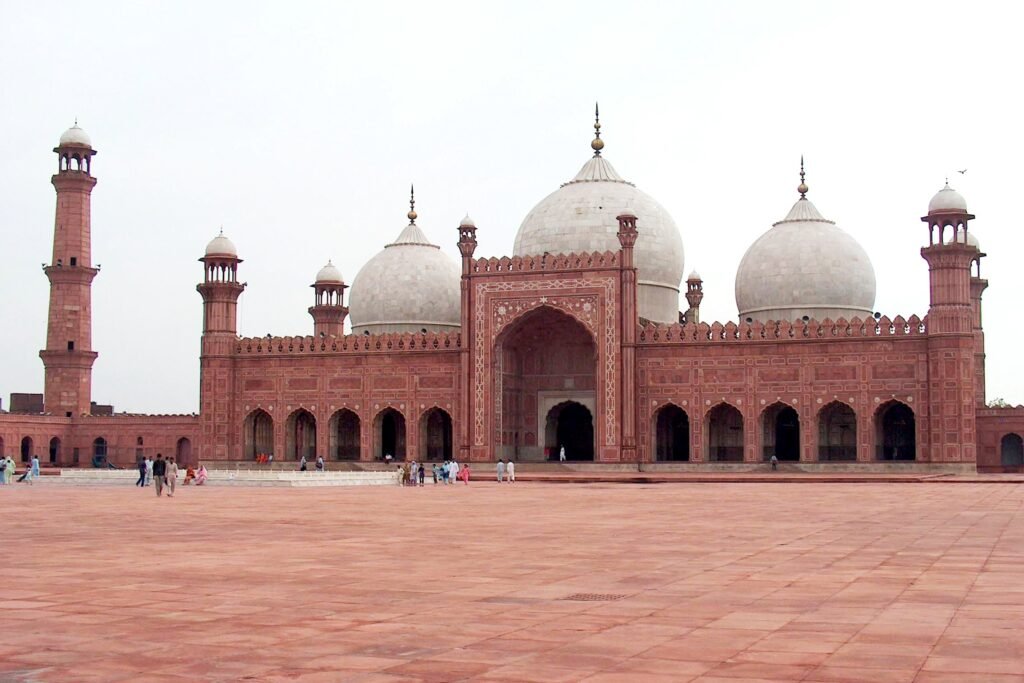
- Architectural Marvel: This 17th-century mosque, built by Emperor Aurangzeb, is one of the largest in the world. Its massive scale and intricate decoration make it a prime example of Mughal architecture.
- Theory: According to the theory of sacred spaces, the Badshahi Mosque serves not only as a place of worship but also as a community center, reflecting the central role of religion in social and cultural life.
- Minar-e-Pakistan:
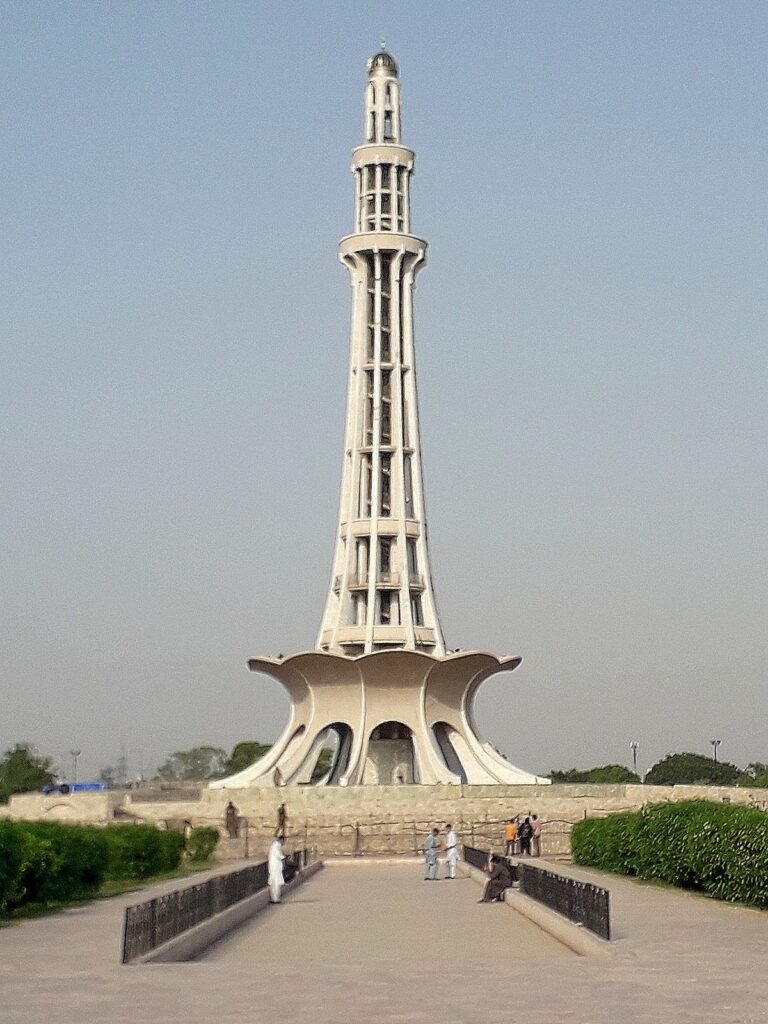
- Symbol of Independence: This monument marks the spot where the All-India Muslim League passed the Lahore Resolution in 1940, leading to the creation of Pakistan.
- Theory: From a nationalism theory perspective, Minar-e-Pakistan stands as a symbol of collective identity and the political aspirations of a nation. It embodies the historical narrative of Pakistan’s struggle for independence.
- Shalimar Gardens:
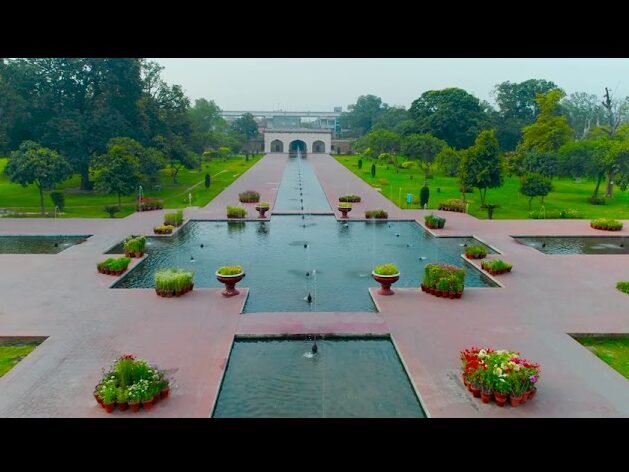
- Mughal Garden: These gardens, constructed by Emperor Shah Jahan in 1641, exemplify the Mughal garden design, emphasizing symmetry, water features, and lush greenery.
- Theory: Landscape architecture theory highlights how the Shalimar Gardens reflect the Mughal’s desire to create a paradise on earth, symbolizing control over nature and providing a space for leisure and reflection.
- Walled City of Lahore:
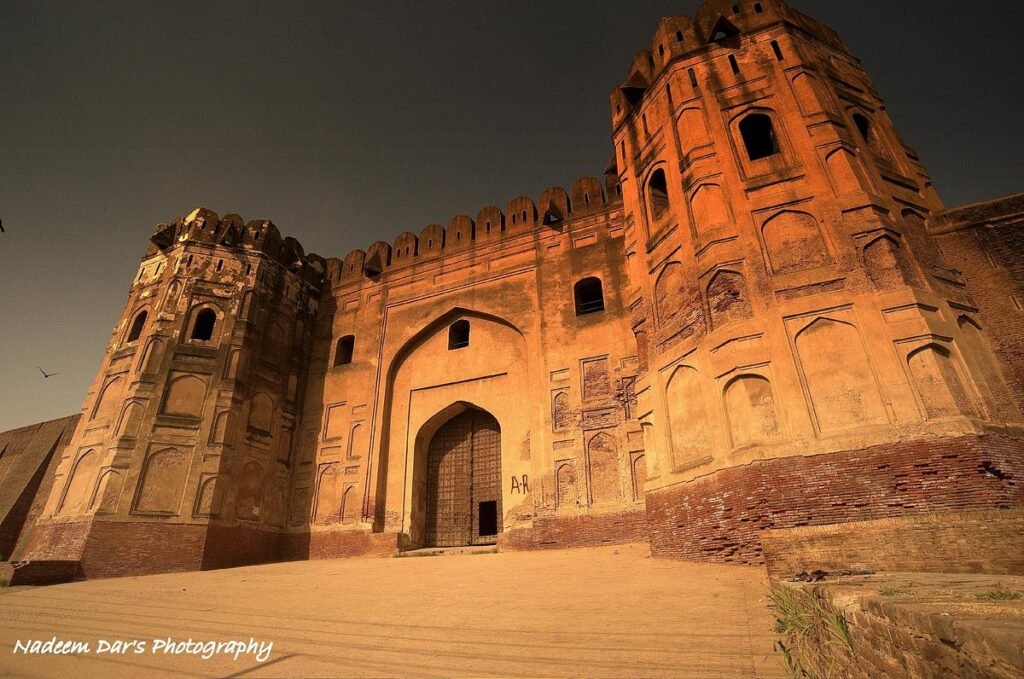
- Cultural Hub: The Walled City, or Old City, is a vibrant area with narrow alleys, bustling bazaars, and historical sites like the Wazir Khan Mosque and Delhi Gate.
- Theory: Urban sociology theories suggest that the Walled City represents a microcosm of Lahore’s socio-economic dynamics. Its traditional markets and residential areas offer insights into the city’s historical continuity and adaptive urbanism.
- Lahore Museum:
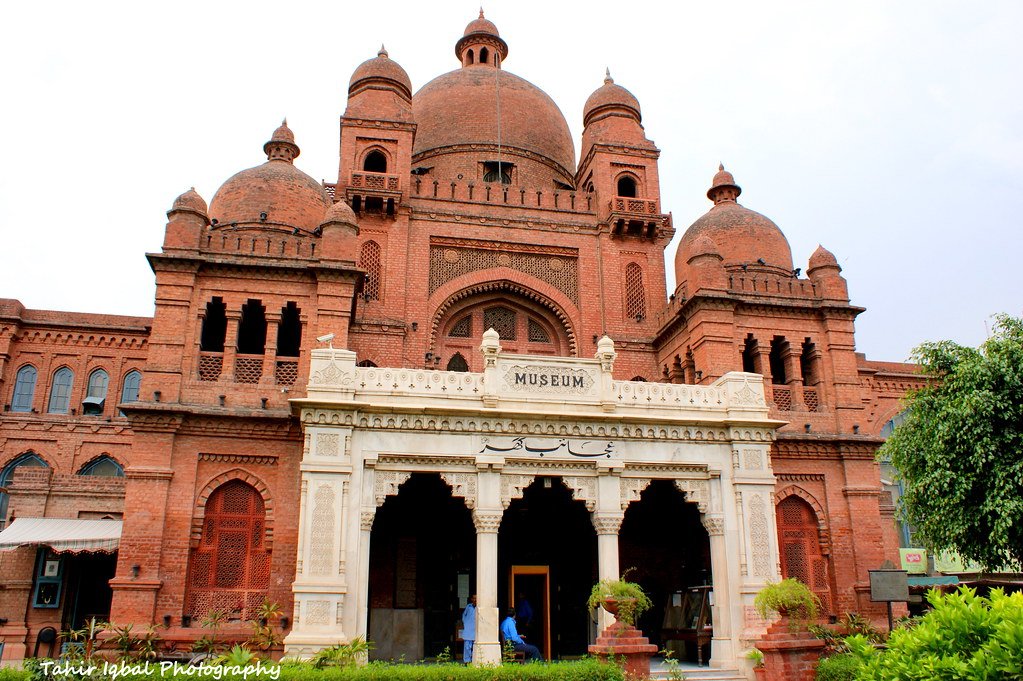
- Cultural Repository: Established in 1865, the Lahore Museum houses extensive collections of artifacts from Pakistan’s history, including Gandharan sculptures, Mughal paintings, and Islamic art.
- Theory: Museums play a critical role in the construction of cultural memory and identity. The Lahore Museum serves as a space where narratives of national history and cultural heritage are curated and preserved for public education and identity formation.
- Anarkali Bazaar:
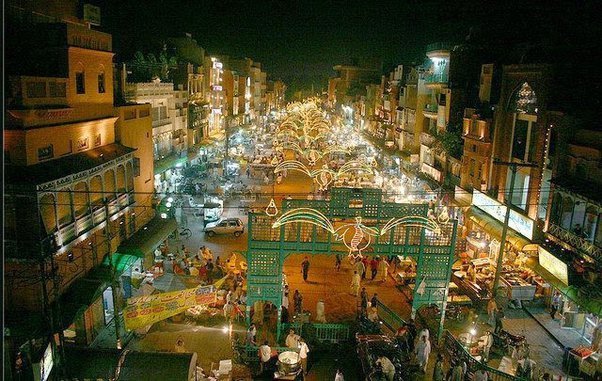
- Shopping Destination: One of the oldest markets in South Asia, Anarkali Bazaar offers a variety of goods, from traditional crafts to modern fashion.
- Theory: Economic geography theories explore how such markets function as nodes of trade and social interaction. Anarkali Bazaar exemplifies the blend of tradition and modernity, illustrating the dynamic nature of Lahore’s economy.
- Food Street, Gawalmandi:
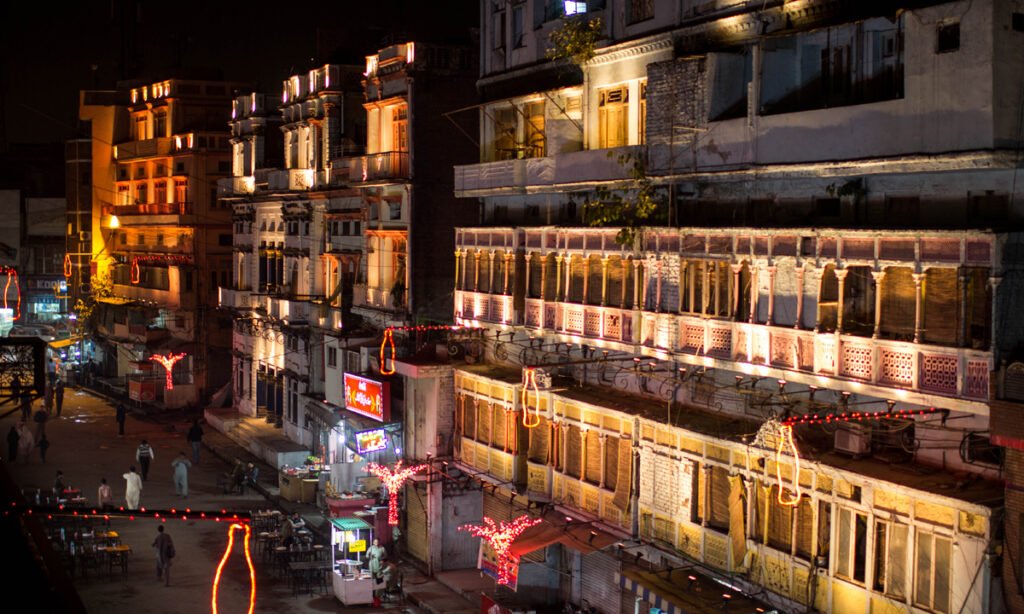
- Culinary Delight: Renowned for its diverse and delicious street food, Food Street in Gawalmandi is a must-visit for food enthusiasts.
- Theory: Gastronomy and cultural studies theories highlight how food streets like Gawalmandi are sites of cultural expression and social exchange. They reflect the culinary heritage and communal lifestyle of Lahore.
Each of these sites provides a unique window into Lahore’s rich tapestry of history, culture, and social life, making the city a fascinating destination for travelers and scholars alike.

